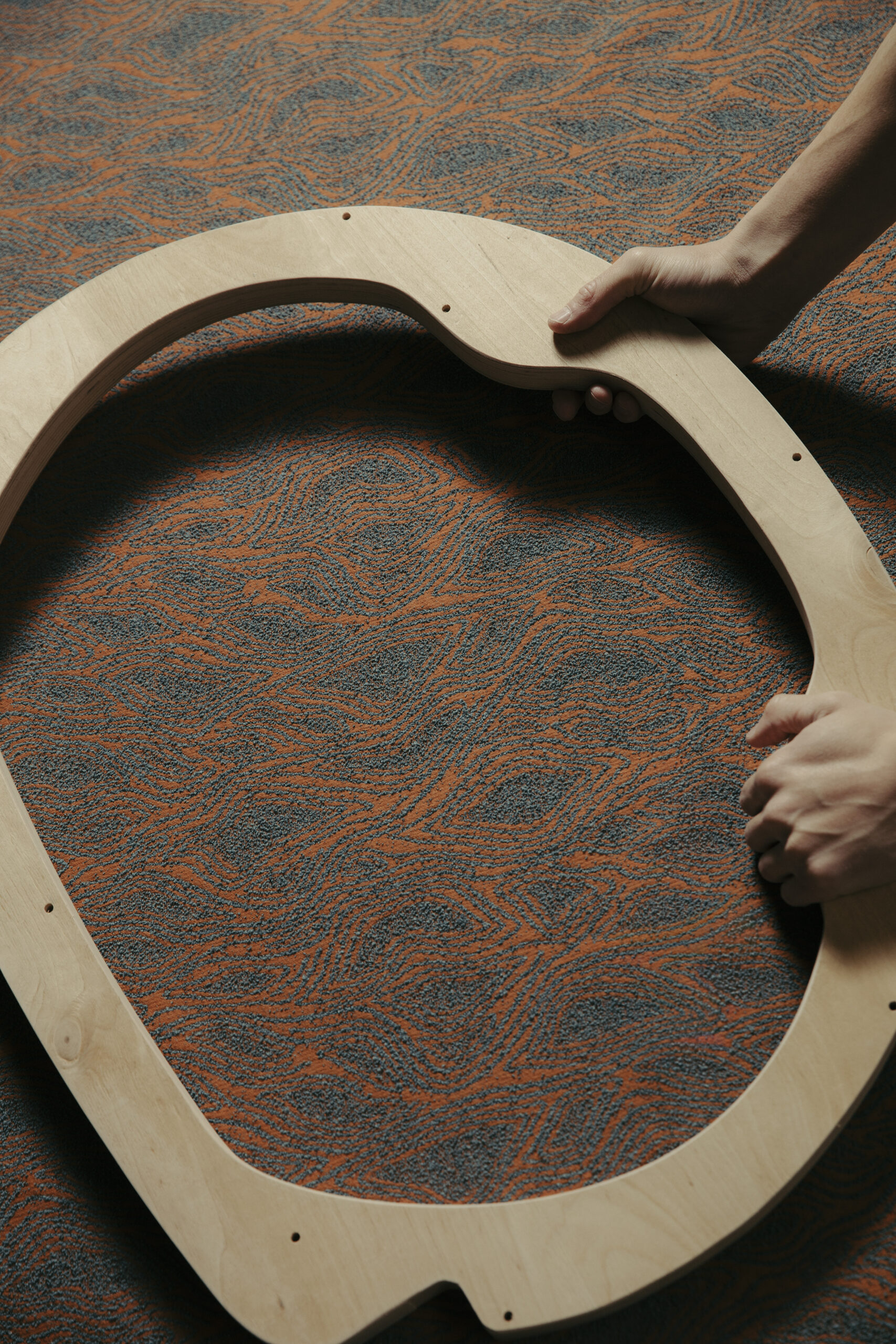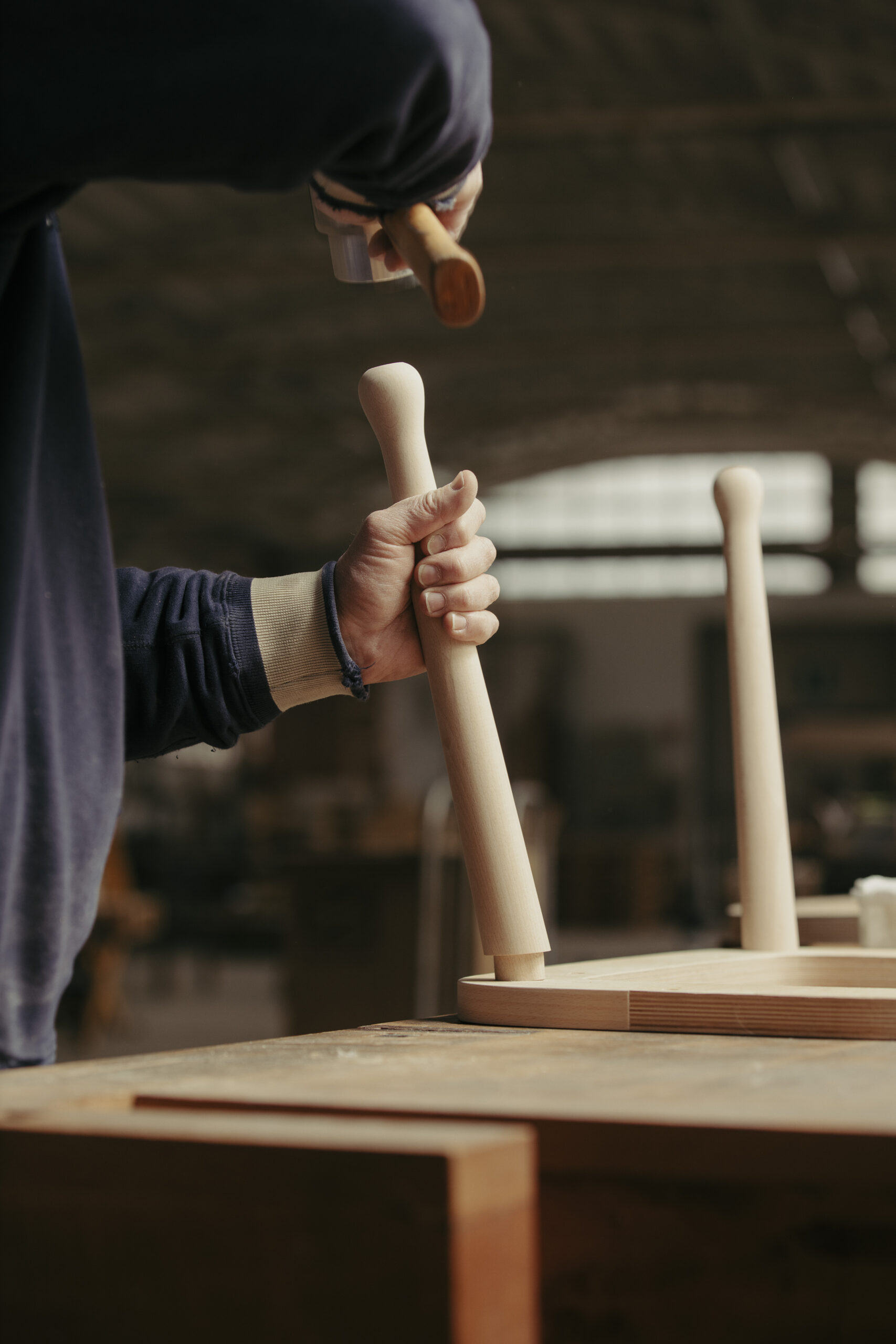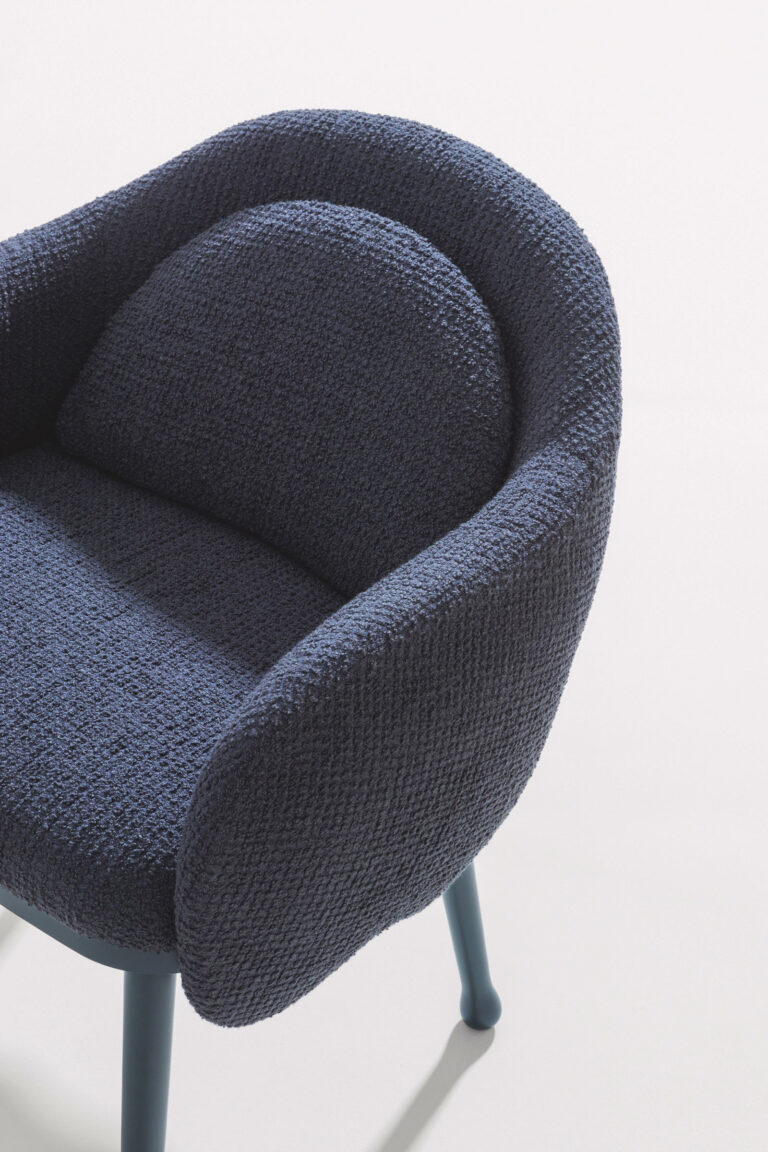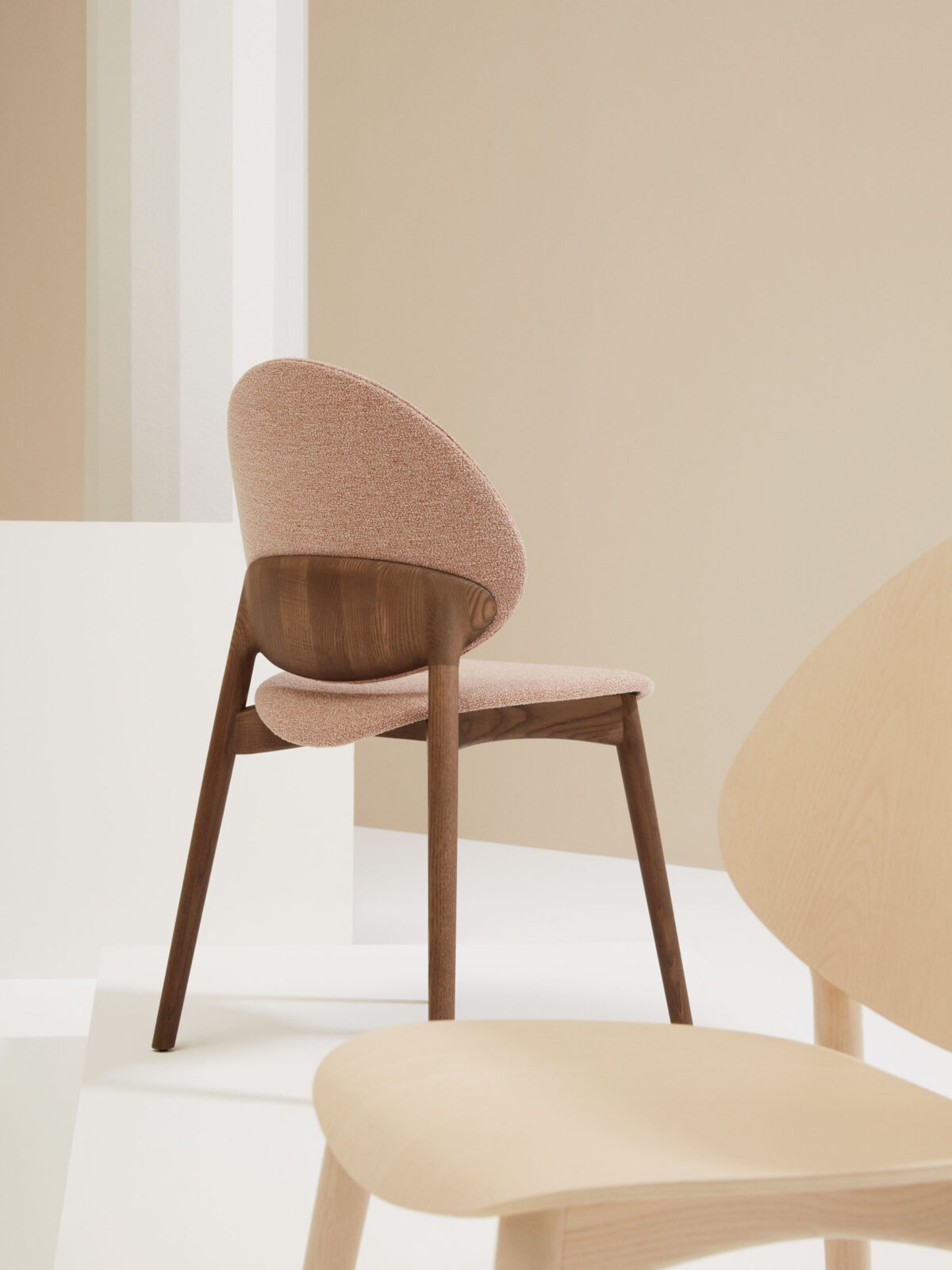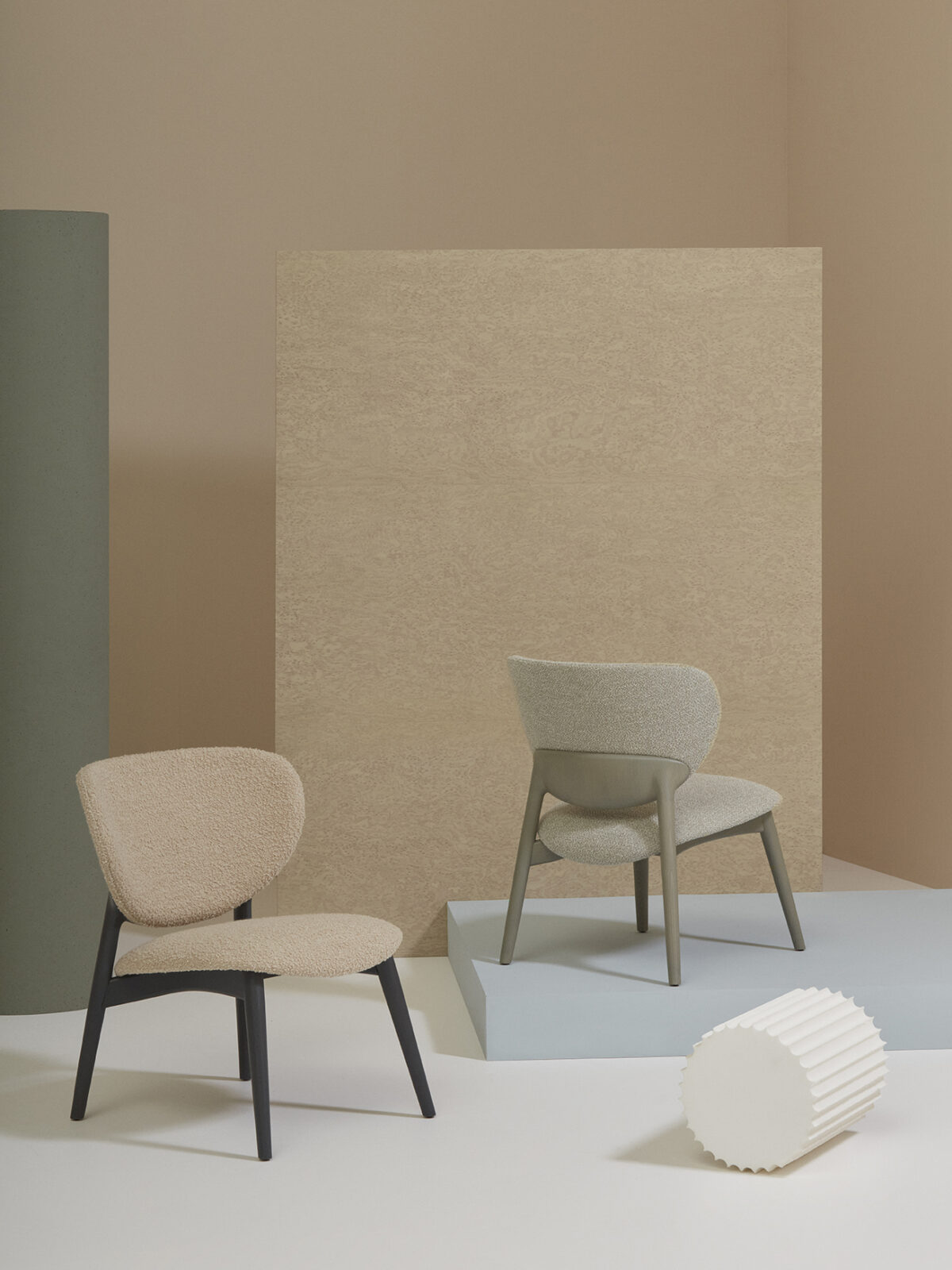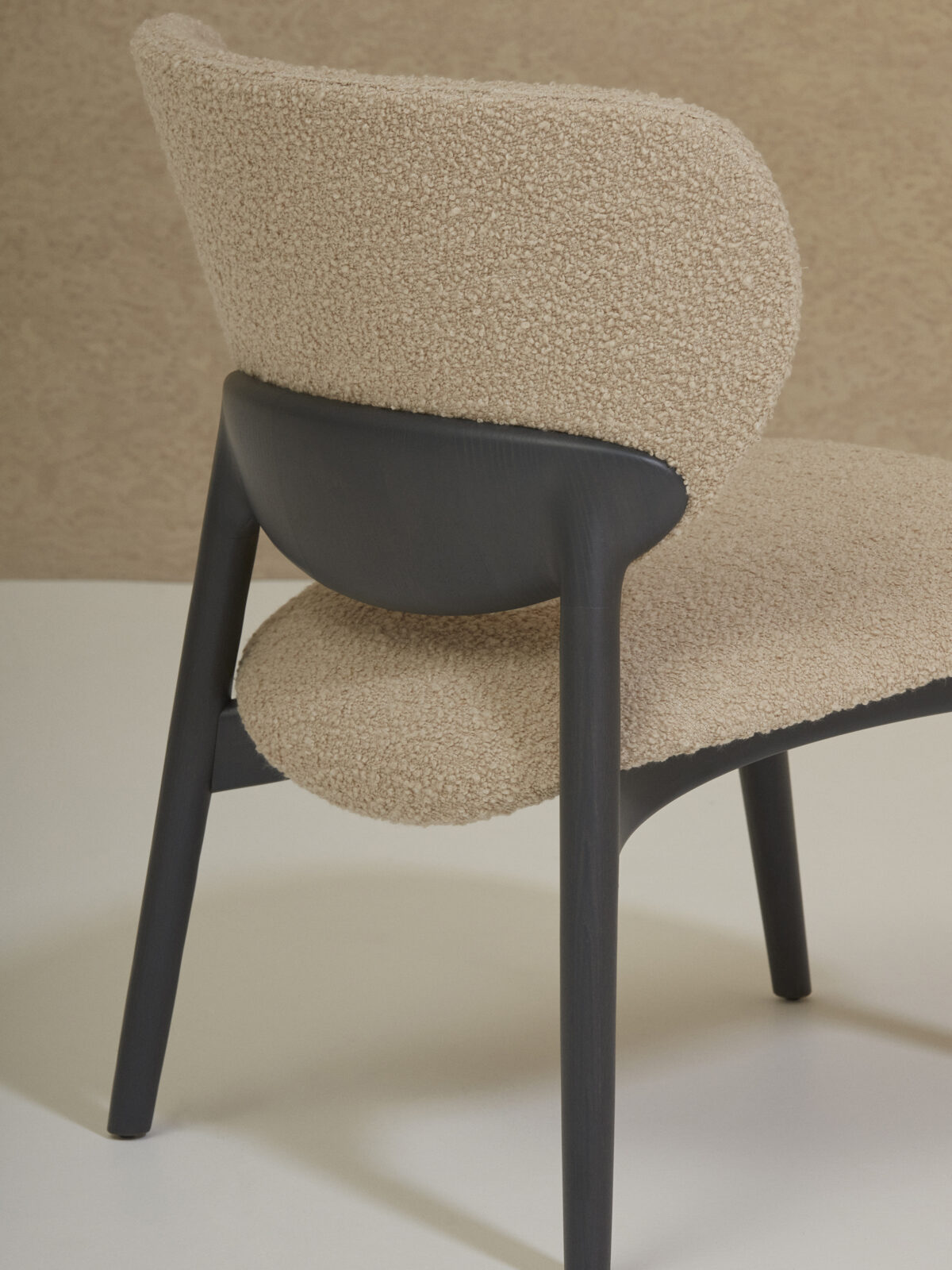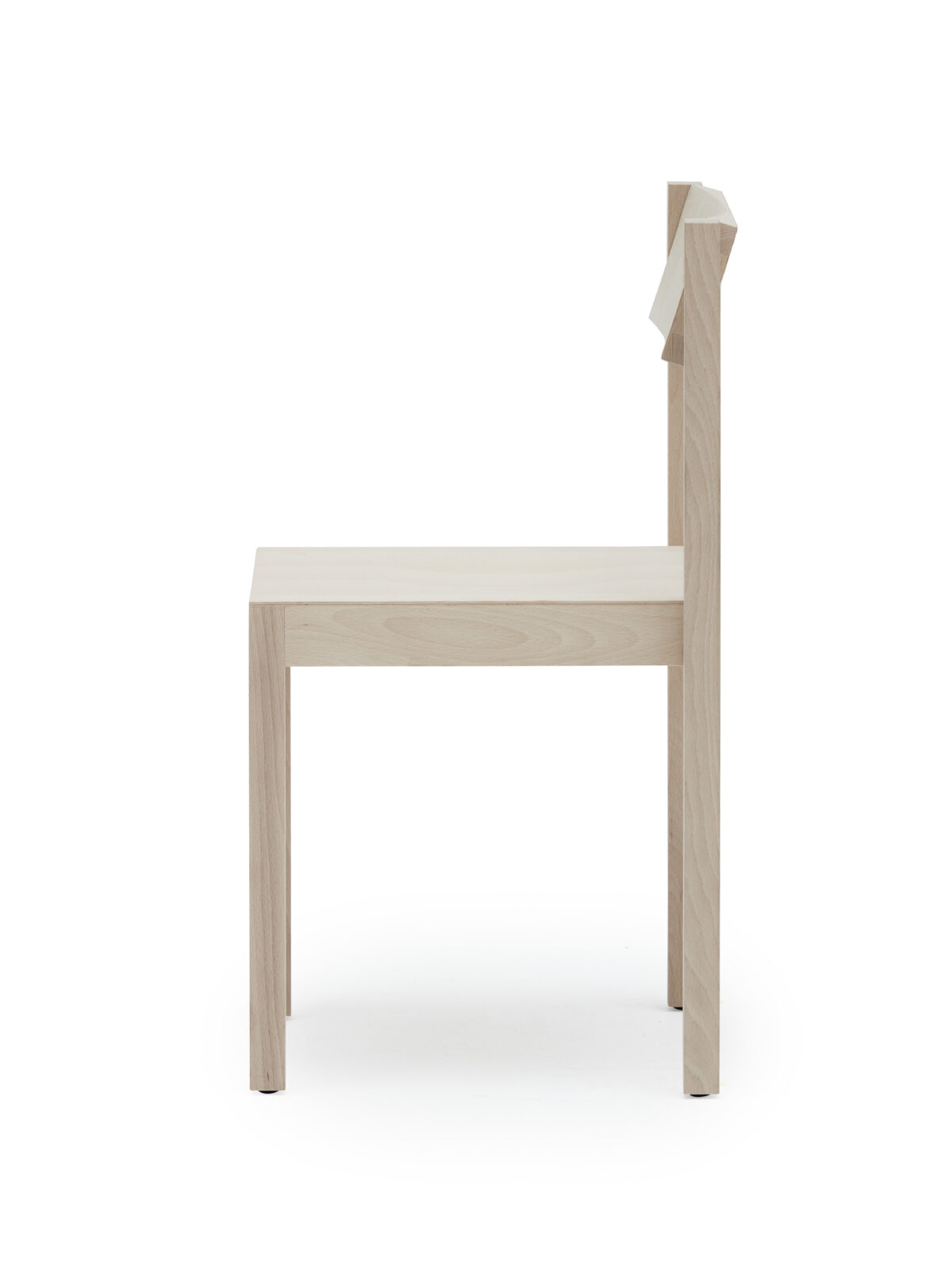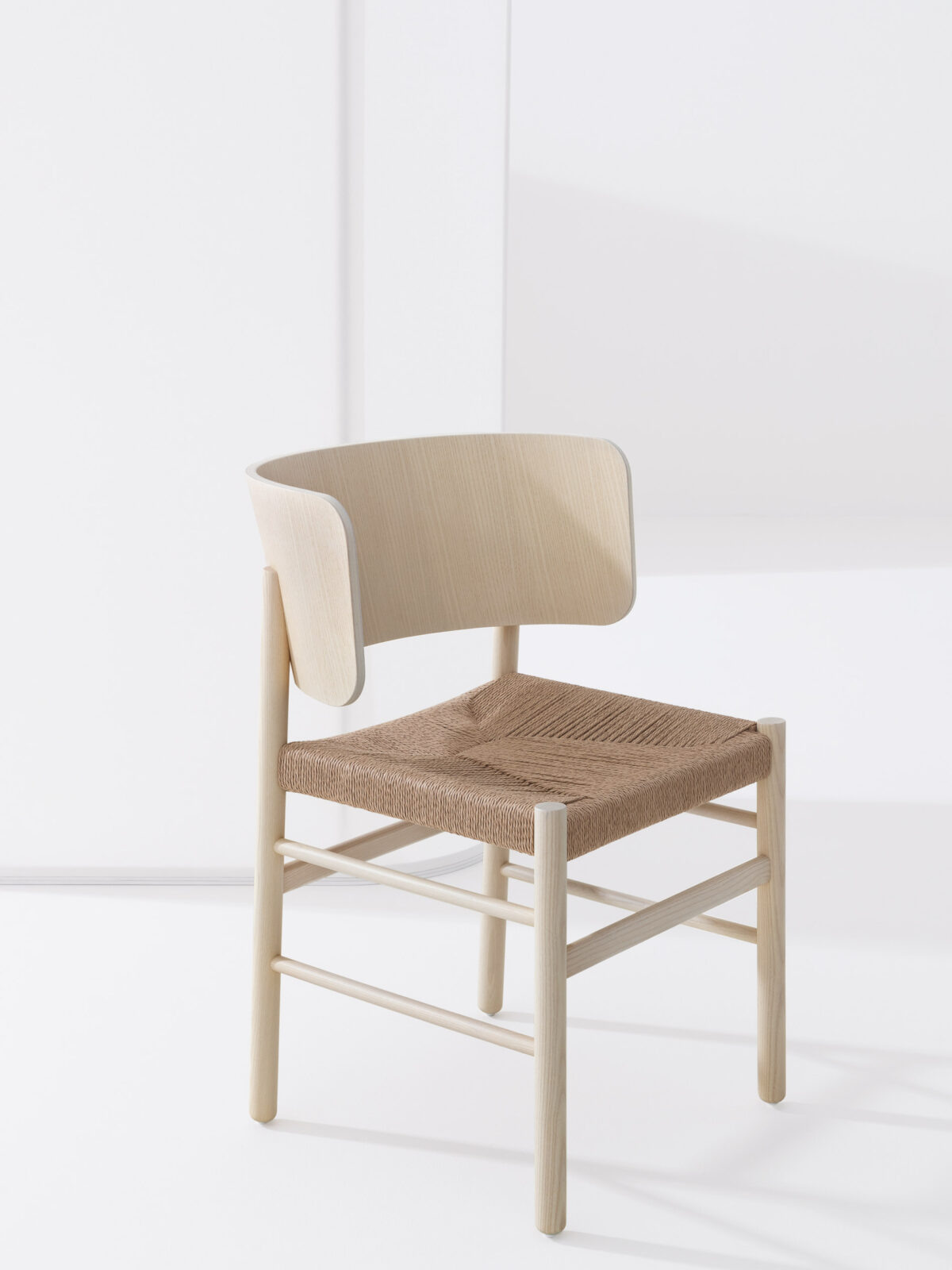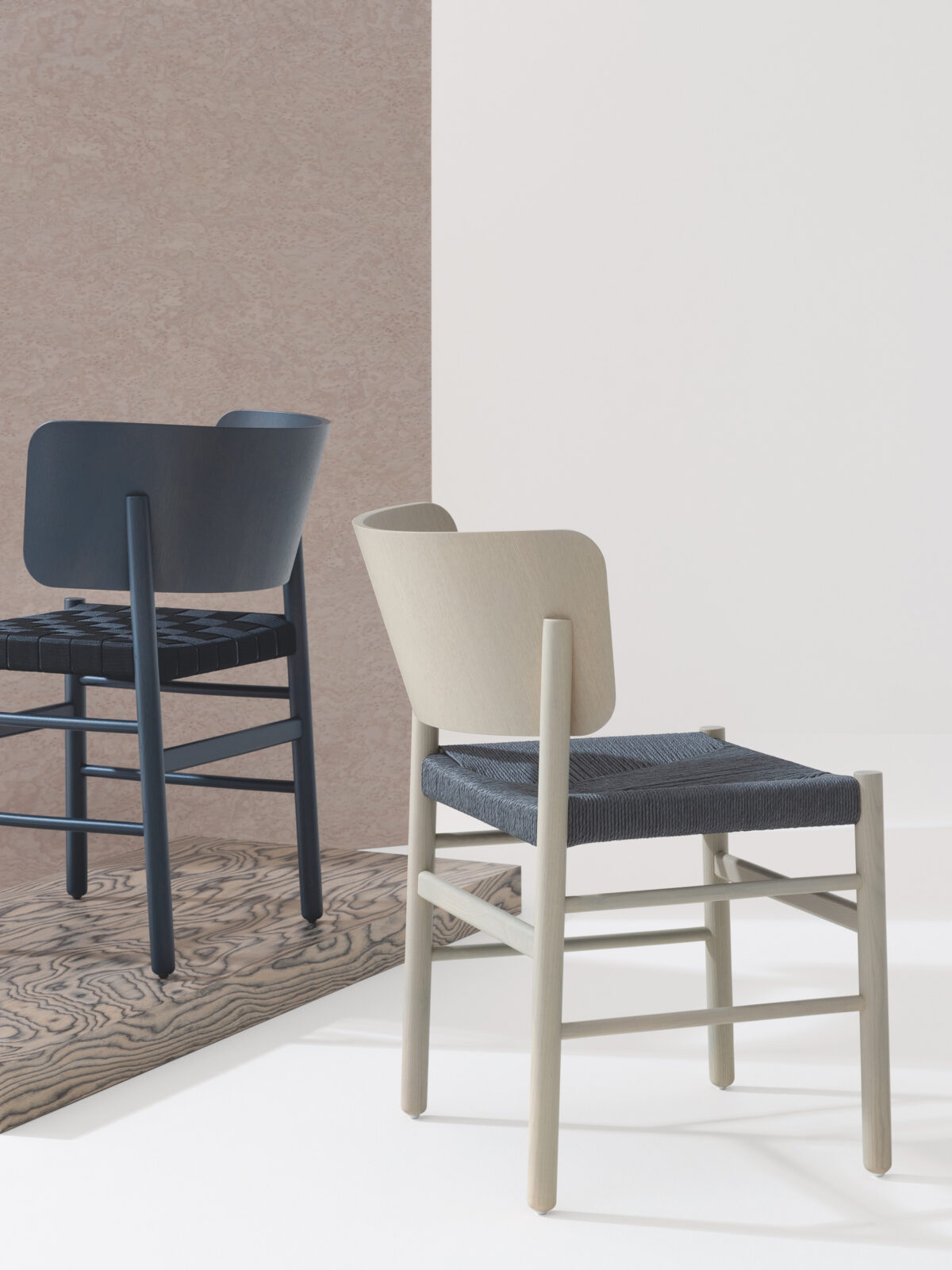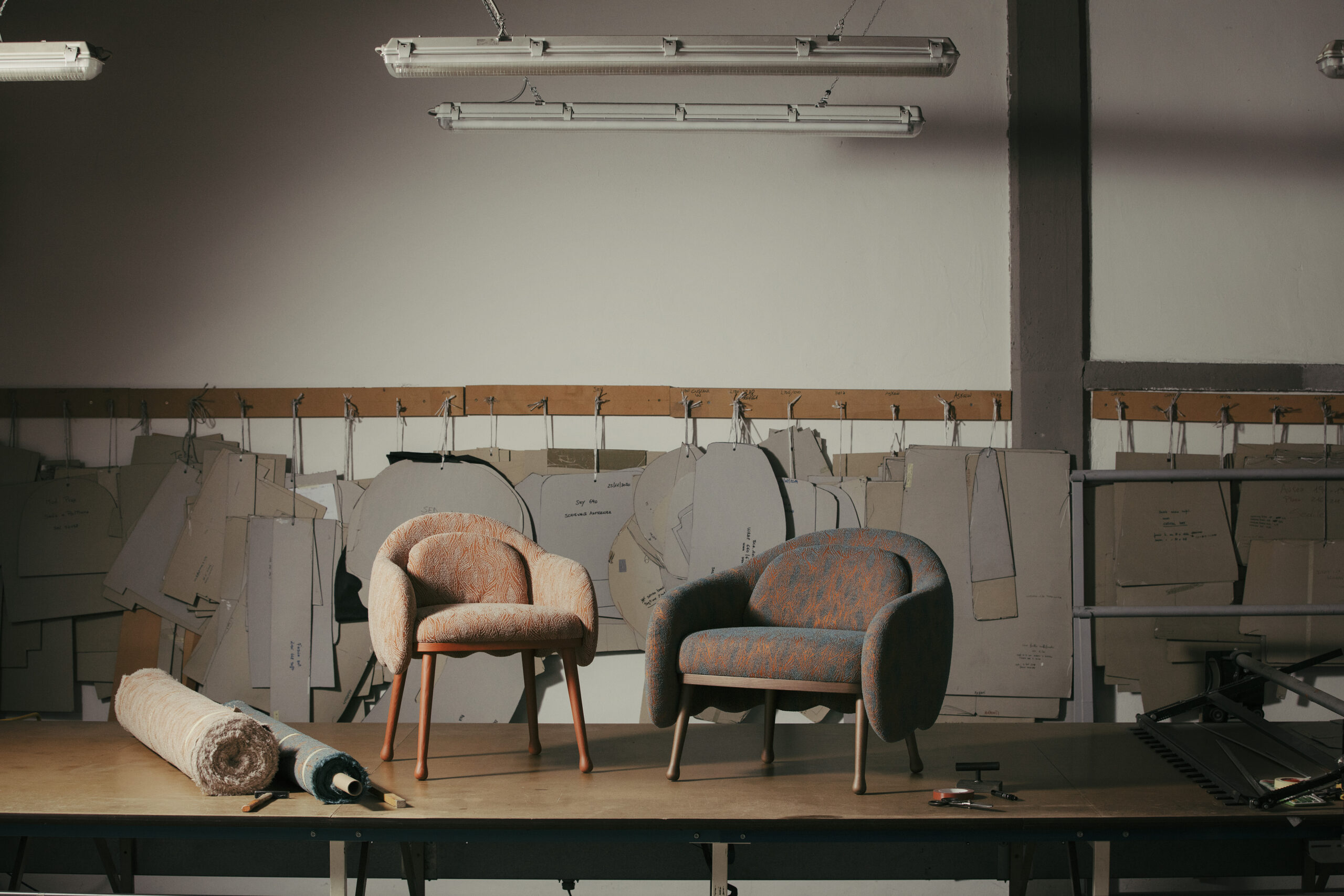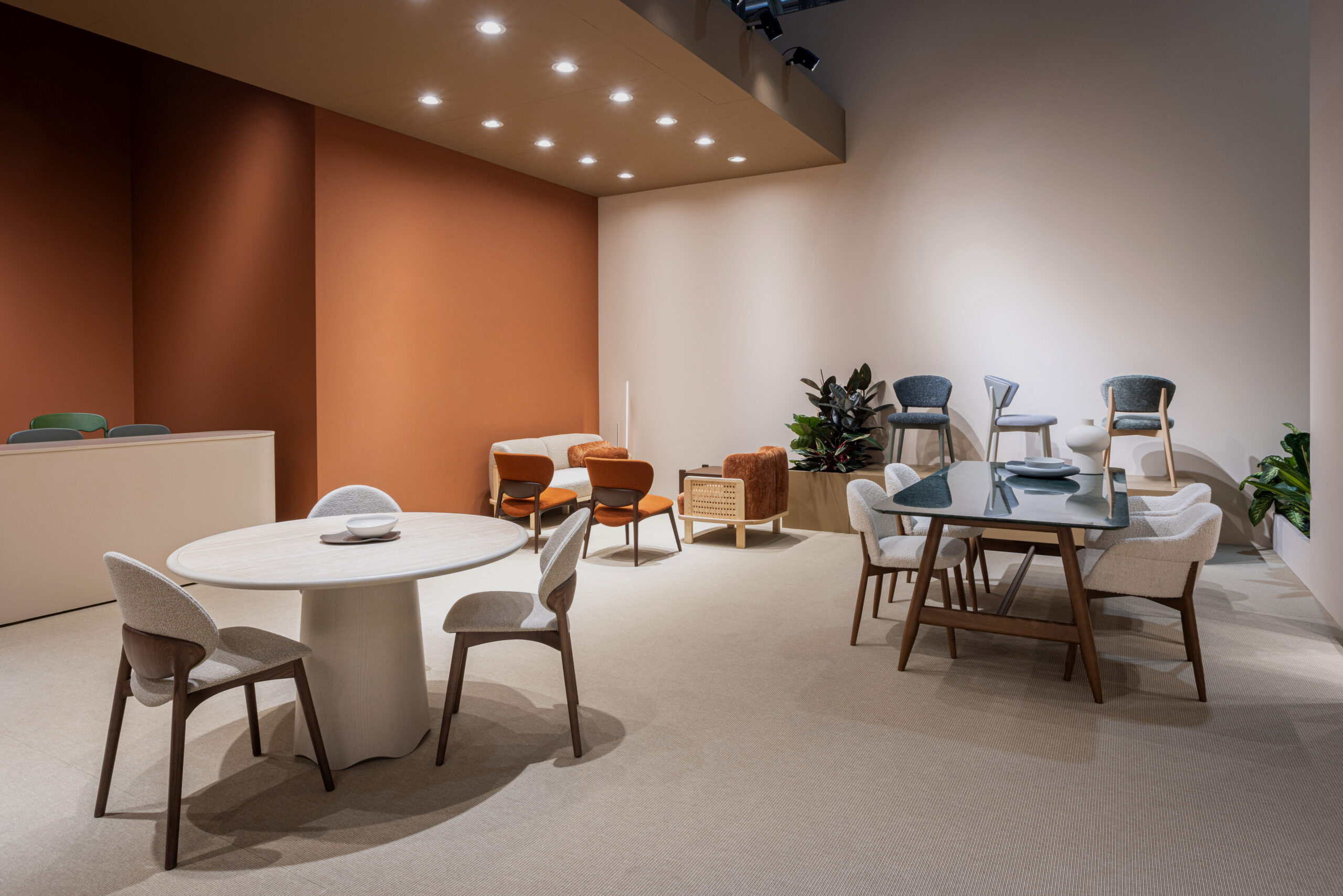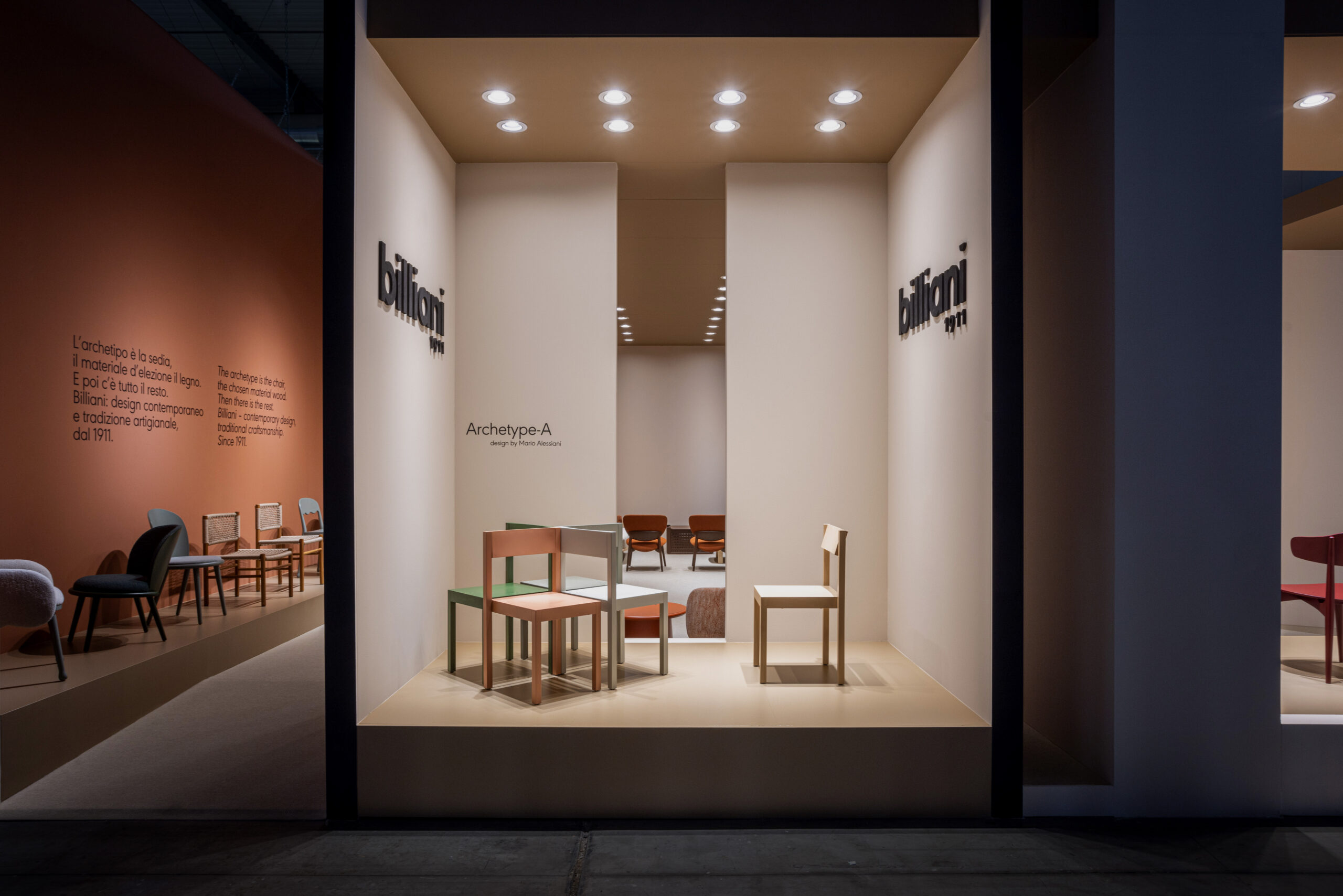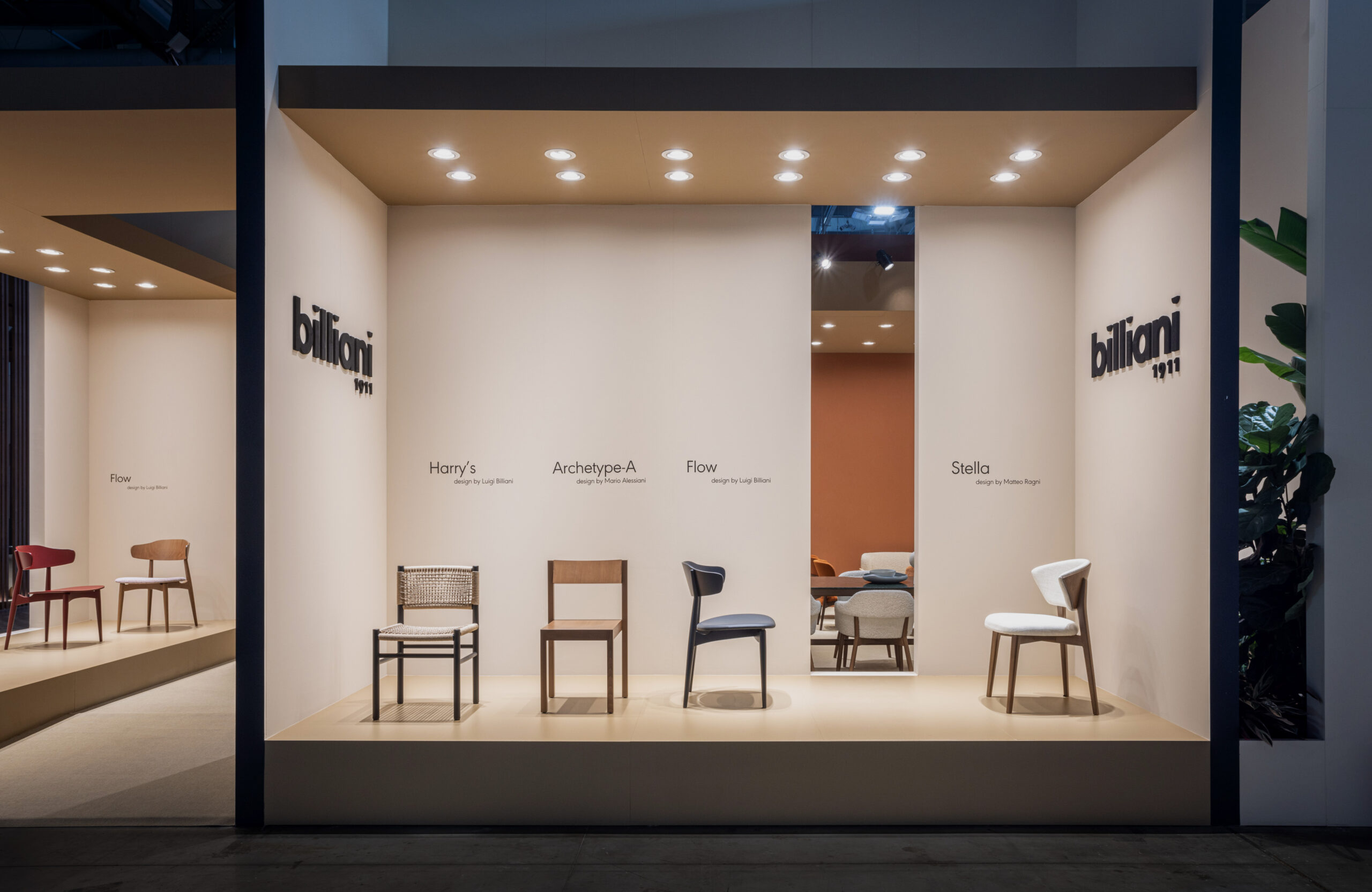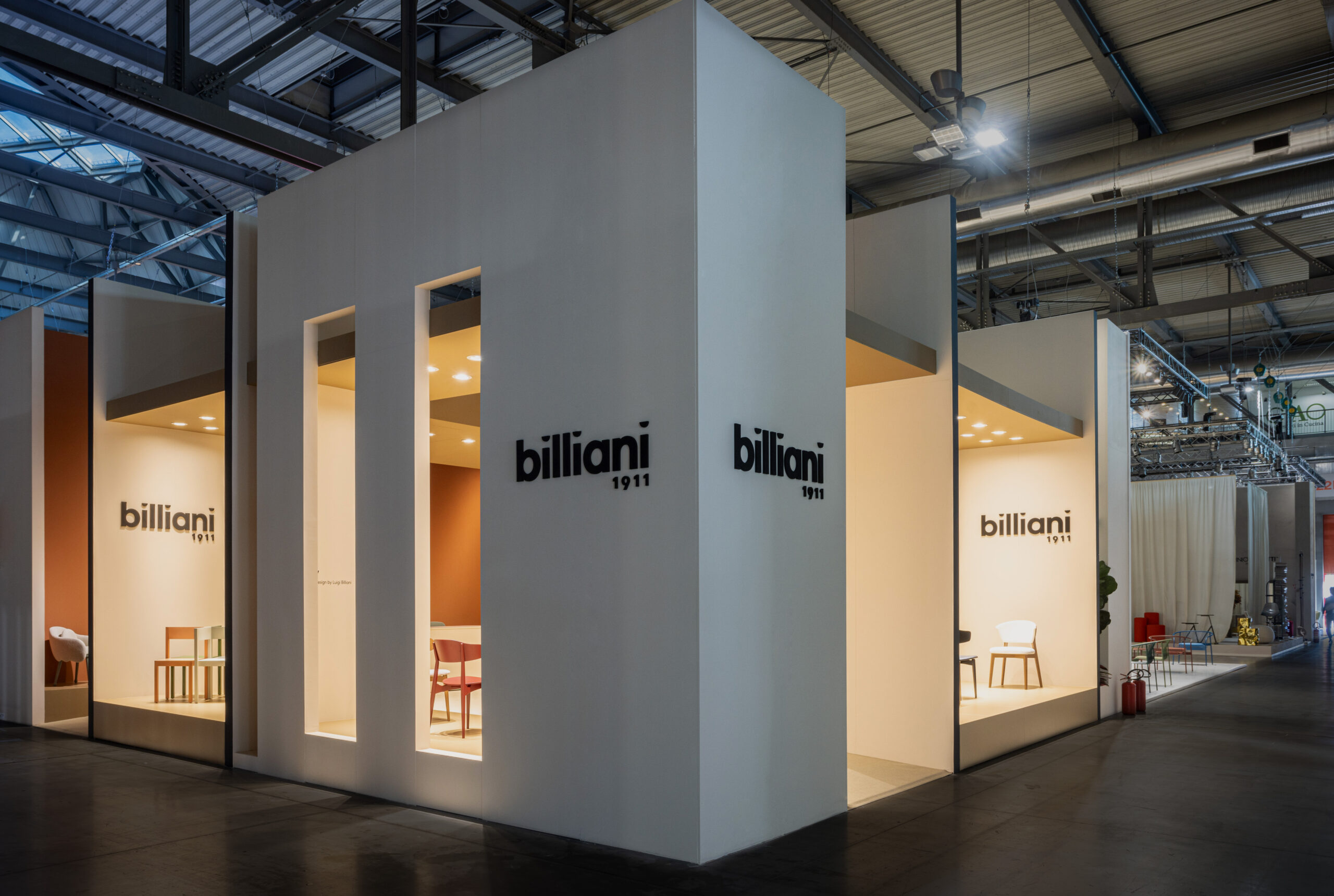Exclusive Interview: The Legacy and Innovations of Billiani
Chairtag had the pleasure of interviewing Billiani Design. In this exclusive conversation, we delve into the history, inspirations, and creative processes behind their remarkable furniture designs. Let’s get started!
Luigi Billiani – grandson of the founder Luigi Billiani
1. Company History
Chairtag: Billiani has a long history dating back to 1911. What was the initial inspiration behind founding the company?
Billiani: Billiani started up in 1911 when Luigi, a carpenter originally from Carnia, and his wife Delina, daughter of a chair maker from Mariano, opened a small factory in Manzano. Between Manzano and Mariano there were just over ten kilometers as well as a border: the one that separated the Austro-Hungarian Empire from the Kingdom of Italy. The company, which produced curved and wicker wooden chairs, was family-run. These were the years in which what was to become the chair district began to take shape after the Second World War: Luigi’s children — the brothers Ottone, Orlando, Lino, and Bruno — would experience the boom years as major players. In 1986, the third generation joined the company, and Billiani became synonymous with seating for large orders, destined especially abroad. At the end of the nineties, Luigi Billiani, who has the same name as his grandfather and had trained as an architect, decided to go down the design path and, together with his wife Veronik Romanutti, created the Billiani of today.
Chairtag: You are based in Manzano, a region with deep roots in woodworking. How does this cultural heritage influence your designs and production processes?
Billiani: Billiani produces 100% in Italy, relying on an excellent supply chain made up of artisanal companies with centuries-old histories, which are each specialized in a phase of the work. Billiani’s technicians are also fundamental in keeping this productive fabric alive, which risked being lost in the wake of delocalization, which emptied the workshops and dispersed their capabilities. Each of these technicians follows the products step-by-step: a guarantee of quality but also an investment since each innovation enriches the know-how of the entire district. This is how Billiani’s Made in Italy acquires a value that goes beyond the product itself and becomes an expression of a shared cultural and manufacturing heritage.
2. Collaborations and Innovations
Chairtag: The Billiani collection includes collaborations with renowned designers like Emilio Nanni and Mario Alessiani. How do you select designers to collaborate with, and what is the significance of these partnerships?
Billiani: Good design and woodworking ability have always been the hallmark of Billiani products, but it is only since 1997 that we have started to talk about design in concrete terms. The debut was at the 2002 Milan Furniture Fair, with a provocative stand on which flew the flag of design: Marco Ferreri designed it, also the author of a chair that was short-listed for the Compasso d’Oro. While the link with tradition was ensured by the projects of master Werther Toffoloni, the partnership with Emilio Nanni opened up a new era: colorful, trendy, carefree. The list of designers grew, as did the list of projects, some of which were exhibited in museums, from the MoMA in New York to the Milan Triennale. The chair remained central and wood became the leitmotif of the collection. Cristina Celestino was entrusted with the artistic direction in 2019 and it is she who has made the latest transformation. The original geographical displacement that brought Billiani to Manzano in 1911 has become the focus of her vision: the look has become warmer and more sophisticated, the fabrics have taken on heightened importance, and the products suit residential settings. Today, Billiani remains first and foremost synonymous with wooden chairs – but the Billiani world has expanded.
Chairtag: Billiani combines traditional craftsmanship with modern design. How do you balance these two elements in your production?
Billiani: Balancing tradition and modernity is a continuous process. We rely heavily on our rich heritage of woodworking skills while also embracing new design philosophies and technologies. This approach allows us to create pieces that are both timeless and contemporary, ensuring they meet the demands of modern users while honoring traditional craftsmanship.
3. Sustainability and Quality
Chairtag: Sustainability is becoming increasingly important in the design world. How does Billiani integrate sustainable practices into its manufacturing processes?
Billiani: Wood is at the heart of our production, and all products are created to ensure long-lasting performance over time, which avoids replacements and waste, thus also being beneficial for the environment. We are able to provide the technical data sheets of each material used during the production chain of each item in our catalog, certifying all the components used during the production process and their compliance with European Union standards and regulations. The treatment we perform on the metal complies with the infinitely recyclable 2003/01: Fe / Ni protocol, which guarantees the possibility of recycling metal products once they reach the end of their useful life cycle. Even for packaging, we are committed to using sustainable materials. Ninety-five percent of our packaging is made up of biodegradable or recyclable cardboard. The remainder includes LDPE bags and PE foam foams, as additional product protection, also fully recyclable.
Chairtag: How does Billiani ensure the quality and longevity of its products?
Billiani: The longevity and quality of our products stem from great craftsmanship, an expression of a cultural heritage of woodworking know-how, handed down from past generations. We continue to produce everything in our chair district, collaborating with suppliers who have been working for generations in the production of seating products and furnishing accessories. A strict and thorough quality control before goods shipping is managed entirely by our team in our factories, ensuring that every single product is checked carefully before dispatch.
4. Challenges and Modernization
Chairtag: Billiani has adapted some of its classic designs to meet modern market needs. How do you decide which pieces to update or modify?
Billiani: We carefully consider market trends and feedback from our clients to decide which pieces to update or modify. It’s essential to maintain the integrity of the original designs while ensuring they meet contemporary standards of comfort and aesthetics. Our goal is to respect our heritage while evolving with the times.
Chairtag: What are some of the biggest challenges in maintaining the integrity of traditional designs while modernizing them for contemporary use?
Billiani: One example attributable to this theme is the new Archetype-A chair presented at the Salone del Mobile in Milan 2024. Archetype-A is a wooden chair designed by Mario Alessiani that celebrates the company’s origins and know-how. The design is as simple as possible. Nothing more than four legs, a seat, and a back. This draws attention to the wood, Billiani’s material of choice, reducing the form to its purest essence. The dynamic nature of the chair derives from the shaped front of the backrest, which is tilted to support the seat, making it more comfortable and ergonomic. The form of the seat also works in this direction, softening the rigour of the design in the name of greater comfort. Archetype-A is available all in wood or with a padded seat, and is stackable.
5. Inspirational Stories and Iconic Pieces
Chairtag: Can you share some of the most inspiring or interesting stories from Billiani’s history?
Billiani: One of the most inspiring stories from Billiani’s history is our journey from a small family-run business to an internationally recognized brand. The transition involved many challenges, including adapting to modern production techniques and expanding our market reach, but it was our commitment to quality and innovation that guided us through.
Chairtag: The Fratina chair by Emilio Nanni is a highlight of your collection. What makes this piece stand out?
Billiani: Fratina is inspired by those classic chairs with rush seats. In Emilio Nanni’s reinterpretation, the designer exaggerates its lines, the legs have a round section, and the backrest, attached to the rear legs, is generous to the point of becoming a semicircle in the armchair version. The seat is available in fabric, leather, straps, or woven cellulose cord, which simulates the ancient processing of rush wickerwork. Awarded the Red Dot Design Award in 2016, Fratina is quintessentially Billiani – a chair in perfect balance between tradition and experimentation.
6. International Presence and Future Outlook
Chairtag: You participate in international design fairs. How do these events impact the growth and visibility of Billiani?
Billiani: Over the last 25 years, we attended several international fairs: Cologne, Paris, Dubai, New York, and many others. In the past, such events were very important meeting places where we could present new collections, new projects, discuss and build strategies with our clients, meet new customers, and establish valuable relationships. Nowadays everything works differently: presentations and product launches are handled through social media rather than through in-person communication, online video calls often replace customer visits and basically cancel the costs of week-long business trips or exhibitions, so participation in trade fairs has been remarkably reduced. The only traditional trade fair to remain intact is the Salone del Mobile in Milan.
Chairtag: What factors do you consider when selecting materials for your furniture pieces?
Billiani: As mentioned earlier, sustainability and quality are paramount. We ensure that all materials comply with European Union standards and are environmentally friendly. Our goal is to create furniture that lasts, reducing the need for replacements and minimizing waste.
Chairtag: What are some of the biggest challenges in maintaining the integrity of traditional designs while modernizing them for contemporary use?
Billiani: One of the biggest challenges is staying true to the original design’s essence while incorporating modern elements that enhance functionality and comfort. It requires a delicate balance of respecting tradition and embracing innovation.
Chairtag: Thank you, Luigi, for sharing Billiani’s incredible journey with us. Your commitment to quality, innovation, and sustainability is truly inspiring. We look forward to seeing what the future holds for Billiani.
Billiani: Thank you for having me. It’s been a pleasure to share our story with Chairtag.
Conclusion
We at Chair.Tag are thrilled to have had the opportunity to dive into the world of Billiani. Their dedication to craftsmanship, combined with innovation and the fusion of traditional and modern techniques, makes their designs truly unique in the contemporary scene. To learn more about Billiani and their inspiring creations, visit their official website or follow them on Instagram.
For more exclusive interviews and insights into the world of design, stay tuned to ChairTag.



